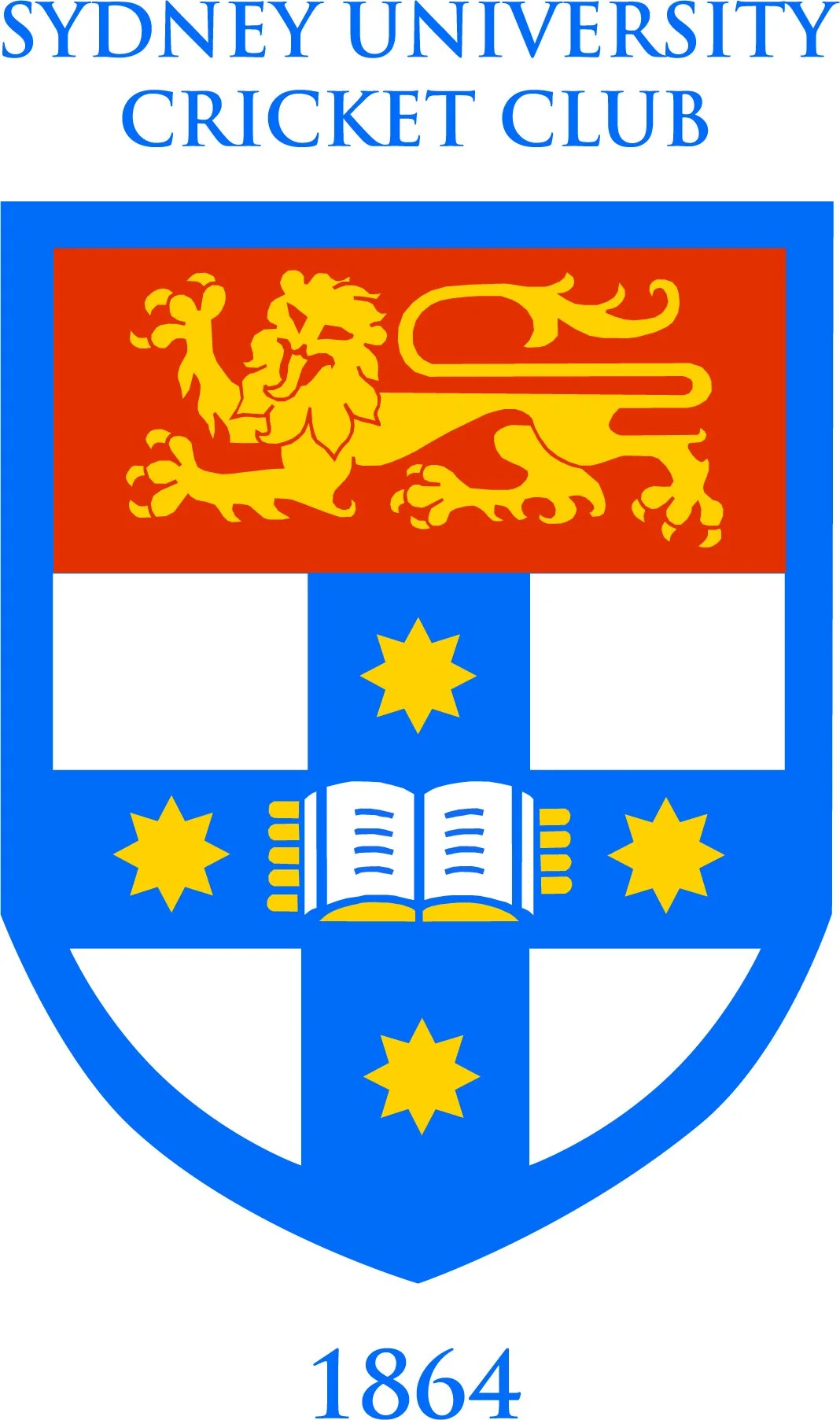Professor AD (David) Buckingham CBE, FRS, FAA died on 4 February 2021 aged 91.
Professor Buckingham was one of the most distinguished who have ever played for the Club.
An appreciation from the ‘Sydney Morning Herald’ of 3 March 2021 appears below.
Professor Buckingham played for the Club from 1949 (beginning in 4th Grade in 1949-50) until 1953 (finishing with two seasons in 1st Grade), mainly as a top order batsmen and occasional off spinner. He made his only century in low-scoring seasons, when his 103 was instrumental in 2nd Grade’s victory over Cumberland in early 1952, the game before he was deservedly promoted to 1st Grade. He was awarded a Blue for Cricket in 1952.
When he studied at Cambridge University, he represented Cambridge in ten 1st class games. Although he spent most of his years in England after graduation from the University of Sydney, Professor Buckingham continued to take a practical interest in the Club and was a Member of the SUCC Foundation.
1st class cricket 1955-60:
Matches Innings Not Outs Highest Score Runs Ave Wkts Runs Ave
10 20 1 61 349 18.4 0 43 -
SUCC 1st Grade 1951-53:
Innings Not Outs Highest Score Runs Ave Wkts Runs Ave
15 2 67no 501 29.5 0 11 -
SUCC all grades 1949-53
72 7 103 1586 24.4 3 84 28.0
James Rodgers
The Sydney Morning Herald - Wednesday, 3 Mar 2021 - Page 34
‘A laser-like focus on the forces of the universe’
Professor A. David Buckingham was one of the world’s leading molecular and optical scientists. He explored the fundamentals of physical phenomena as diverse as intermolecular forces (relevant to aspects of molecular biology and genomics) and nonlinear optics (intrinsic to laser-based technology and telecommunications). Based in England for most of his career, he was clearly proud of his Australian origins.
David grew up in Pymble with parents Reginald and Grace (nee Elliot) and twin siblings Joslin and Michael. Reginald and Grace had emigrated separately from England to Australia before World War I. Reginald worked for Dalgety and Company Limited, dealing with stud animals. Grace had trained as a nurse and was a pioneer of Australian baby health clinics. David’s unusual first name was in memory of Grace’s brother, John Amyand Elliot, who died at Gallipoli in 1915 aged 24.
David was sent to Barker College, where he excelled at cricket and on the rugby field . Both David and his brother, Michael, entered Sydney University’s faculty of science, where each won a University Medal (Michael’s in physics and David’s in chemistry) before they took their respective doctorates in England.
At Sydney University, David’s BSc Honours and MSc research projects were supervised by Professor RJW Le Fevre, a renowned physical-organic chemist. David’s cohort of firstyear undergraduates in 1948 was exceptionally gifted, including four who later became fellows of The Royal Society (FRS). Many of his contemporaries went overseas for doctoral studies before returning to enhance the pool of academic staff in Australia’s maturing universities.
In 1953, he was awarded the Shell Postgraduate Scholarship and chose to study for a PhD at Cambridge in the Theoretical Chemistry Department headed by Professor JE Lennard-Jones – a famous name in the field of intermolecular forces. However, Lennard-Jones was moving away from Cambridge and David was supervised by Dr John Pople, who was only four years older than he (and who went on to win a Nobel Prize in 1998). Together, they made important scientific discoveries that are significant to this day.
After gaining a cricket blue at Sydney University in 1953, David played rugby in Cambridge and English first-class cricket (1955-60 ). He later became one of the longest-serving (1990-2009 ) presidents of the Cambridge University Cricket Club.
After completing his PhD, Buckingham held chemistry lectureships at Oxford University with college responsibilities at Christ Church. Although primarily a theoretician, he also initiated key experiments at the National Physical Laboratory in Teddington.
There, Dr RL Disch and he accomplished an ingenious experiment to measure the electric quadrupole moment of carbon dioxide molecules. The ‘‘ Buckingham’ ’ is now the CGS unit (centimetre, gram and second measurement system) for this structural property of any molecule, indicating its charge distribution and strength of interactions with other molecules.
His equipment was moved to Bristol University after he took up its inaugural Chair of Theoretical Chemistry in 1965. It may have surprised the Bristol management that a theoretician needed more than office space, pencils, paper and computer time.
Buckingham’s time in Bristol was cut short by his return to Cambridge in 1969 as professor of chemistry and head of the Theoretical Chemistry Department, with a fellowship in Pembroke College. He attracted an impressive team of students, research scientists and academic staff to the department, establishing an enduring tradition of research on a variety of topics.
He lectured the main quantum mechanics course at Cambridge for more than 25 years. He aimed to make his lecture material intellectually demanding, challenging the most able students in the class. With elegance and clarity, he tended to focus on a single topic and treat it as thoroughly as possible.
His lectures were often attended by other academics who were keen to learn what they could from him. On one such occasion in Bristol, he asked his audience: ‘‘ Is that clear?’’ . The loud response from a senior colleague was: ‘‘ No, it is not.’’ Using his best cricketing skills, Buckingham played a straight bat and explained, patiently and respectfully, the point that his much-respected colleague had missed. This incident was regarded in awe by PhD students who were present.
His research expertise has produced discoveries ranging widely from basic physics to molecular biology and from materials science to chemical engineering, all of which are influenced by properties of individual molecules and interactions between them. Buckingham had the foresight to recognise many such applications far in advance of their practical realisation. For instance, the nonlinear-optical phenomena inherent in electro-optic processes that he pioneered, both theoretically and experimentally, are at the core of modern fibreoptical telecommunications and laser technology.
He also made a substantial contribution to scientific publishing as editor of several leading international journals in the field of chemical physics. At scientific seminars, he would usually ask a provocative or probing question of the speaker. He had a quick-witted ability to perceive the merit or frailty of an argument, but always behaving as a perfect gentleman – sometimes with a dash of the Australian larrikin. In 1973, at a conference in Houston, Texas, his fearless questioning challenged Dr Edward Teller, so-called ‘‘ father of the hydrogen bomb’’ .
Around the world, many distinctive honours and awards were bestowed on David. These included his FRS (1975), his Foreign Associateship of the US National Academy of Sciences (1992), his CBE (1997), and his Corresponding Membership of the Australian Academy of Science (2008).
Cambridge was his final resting place. His retirement at age 67 was marked in mid-1997 by a memorable scientific and social symposium at Pembroke College. He remained active in the university and on the international conference circuit for over 20 years after that.
Throughout his distinguished career in the northern hemisphere, David maintained active interests in Australian science (not to mention cricket and politics). A warm welcome always awaited him in numerous Australian research centres. His lectures and personal interactions during regular visits to Australia influenced many young scientists here, some of whom worked in his research groups in Bristol and Cambridge.
Enriching his life were his wife, Jill (nee Bowles), children Lucy, Mark and Alice, and eight grandchildren (one born in Australia). The atmosphere in the Buckingham household was always happy and hospitable. Jill and David had met in July 1964 on a trans-Atlantic liner bound for Canada and they were married in Oxford 12 months later. Jill, a physiotherapist, brought shared interests, astute guidance and unfailing support to their partnership of more than 55 years.
Brian Orr






